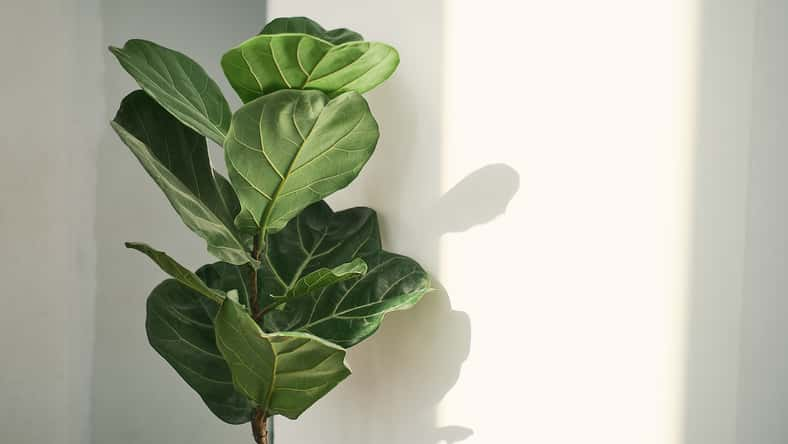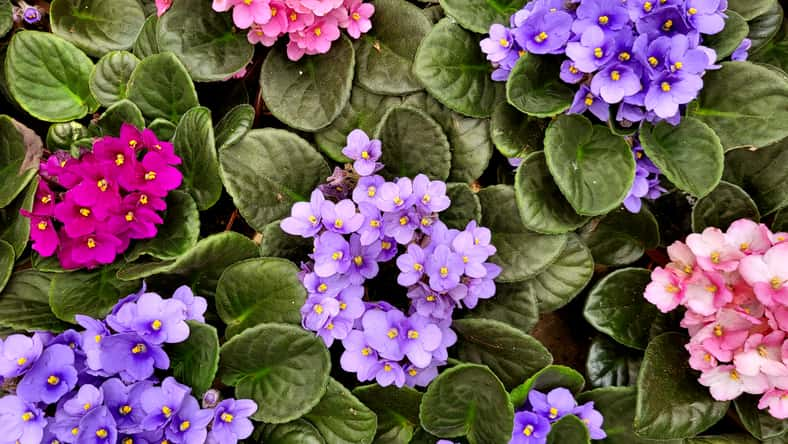
Isn’t it wild how quickly the summer days drift away?
One minute, you’re basking in the glow of sun-ripened tomatoes, and the next, there’s a nip in the air and crunchy leaves underfoot.
But don’t mourn the loss of summer just yet. There’s some crucial garden prep to be done, and with a bit of effort now, your garden will be set to flourish next season. I’m talking about winterizing your veggie patch.
First Things First, Clear Out The Old
Before snow and frost set in, start by removing the remnants of summer plants.
Dead plants can attract pests and diseases, and we don’t want those lingering around.
This doesn’t have to be boring, either. Make it a weekend affair by inviting over some friends, throwing on your favorite playlist, and getting your hands a bit dirty to remove old crops, weeds, and any debris.
Compost With Care
Speaking of old plants, if they’re disease-free, toss them in the compost bin. But if you spot any signs of diseases like blight or mildew, it’s best to throw them away.

We’re all about recycling, but some things just aren’t meant to make a comeback.
Till And Turn
Now that your garden’s cleared out, let’s focus on the soil. Give it a good tilling to disrupt the life cycles of pests and diseases.
This is also the perfect time to mix in some compost or organic matter. Think of it as giving your garden a cozy blanket and a nutritional snack before its winter nap.
Plant Cover Crops
Ever heard of garden multitasking? Cover crops, like clover or rye, are where it’s at.
Not only do they prevent soil erosion and suppress pesky weeds, but they also enrich your soil as they decompose. Come springtime, you’ll be thanking yourself.
Mulch Matters
A little mulch can go a long way. It acts like a snug winter jacket for your garden beds, protecting the soil from harsh winter conditions and retaining moisture.
Straw, leaves, or pine needles are all great options. Just spread a thick layer over your beds, and it’ll act as a barrier against the cold– preventing soil erosion and keeping those pesky weeds at bay.
Avoid Watering Woes
Before the first hard freeze, give your garden a deep watering.
This might sound counterintuitive, but well-hydrated plants tend to weather the cold better than their thirsty counterparts.
And, if you’ve planted any new trees or shrubs, they’ll especially appreciate the drink before winter sets in.
Guard Against The Cold
For those tender perennials or veggies that are still in the game, consider protective measures like frost cloths or row covers.
These handy tools trap a bit of the earth’s warmth, giving your plants that slight edge against chilly nights.
Take Note For Next Year
Alright, you’re almost done, but there’s one final step to prepare your garden for success next year.
As you winterize, keep a journal of what worked and what didn’t this past season.
Jot down notes about pests, favorite crops, or planting schedules. It might not seem crucial now, but when the spring gardening itch hits, you’ll be grateful for the roadmap.
If true crime defines your free time, this is for you: join Chip Chick’s True Crime Tribe
She Lied To Her Boyfriend About What Her Parents Do And The Fact That They’re Wealthy
Sign up for Chip Chick’s newsletter and get stories like this delivered to your inbox.












